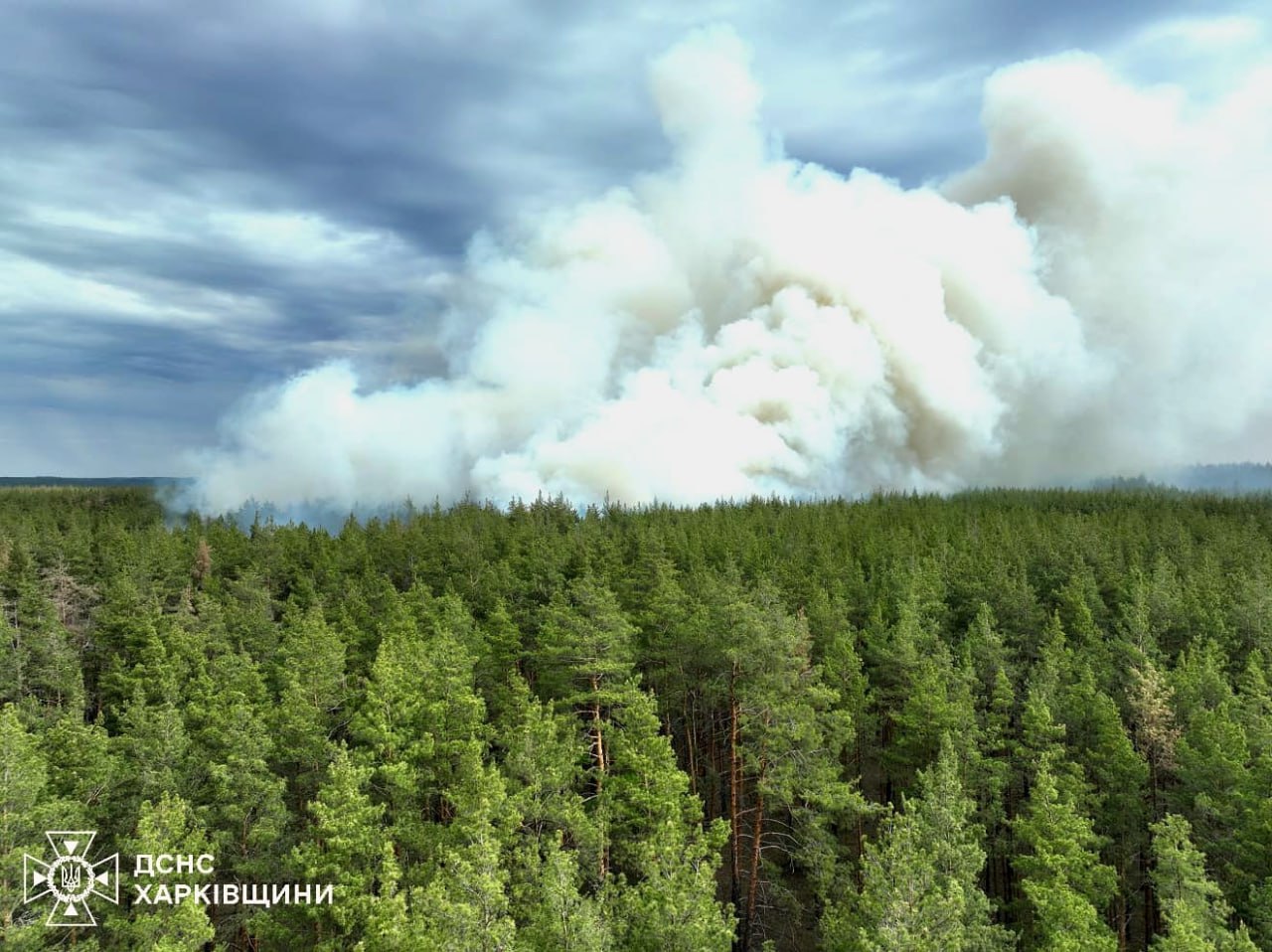Worked in Kyiv region, in Bakhmut and in the south: the sapper told what tricks the occupiers resorted to (VIDEO)

Guardsman Denis Rotar came to the front at the age of 20. He was a cadet of the National Academy of Land Forces named after Hetman Petro Sahaidachny.

When the full-scale invasion of the Russians began, Denis was mastering the saperne affair. In less than six months, he and his brothers were to receive the dream lieutenant shoulder straps. However, it turned out differently - quick release, division into parts and immediately performing combat tasks.
“I left, there was no time at all. Two weeks later he was already in the Kiev region, there was fighting, part was under occupation. I performed simple tasks at first, mined bridges, decommissioned where needed. Everything there surprised me then. I had no combat experience, so I mastered everything on the go,” says the guard.

In the Kiev region, the occupiers mined even civilian houses in which they themselves lived. Denis says that the occupiers understood that the Ukrainian sappers would check everything, so they changed chairs and beds. “They understood that the sapper could go through the whole house, he would want to sit down and everything.
The enemies were attacking cellars, garages, toys, cans with pickles,” the sapper recalls. But in Bakhmut, the guard says, the occupiers in the houses mined absolutely everything
: from gates to windows and thresholds.

“In front of the mined object, the Russians put engineering barriers through which you can stumble and fall. When I was in Bakhmut, the city could still be called a city”, - says Denis.
And when the explosion of the Kakhov hydroelectric power plant occurred, Denis Rotar was in the south. Then the water brought enemy mines. They had to decontaminate and inspect the territory.

For more information about the work of sapper Denis Rotar and the demining of Ukrainian territories, see the video:
National Guard of Ukraine






